Book Box: Medical Stories – Hindustan Times
Dear Reader,
I was a student of management at IIM Calcutta, when I first heard of Dr Bidhan Chandra Roy. Our library building was named after this doctor of medicine, who was also a freedom fighter and the first chief minister of Independent Bengal.
July 1, which is both the birthday and death day of Dr Roy, has been designated National Doctors Day, which makes it the perfect time to dive into a very special tribe: Doctor writers.
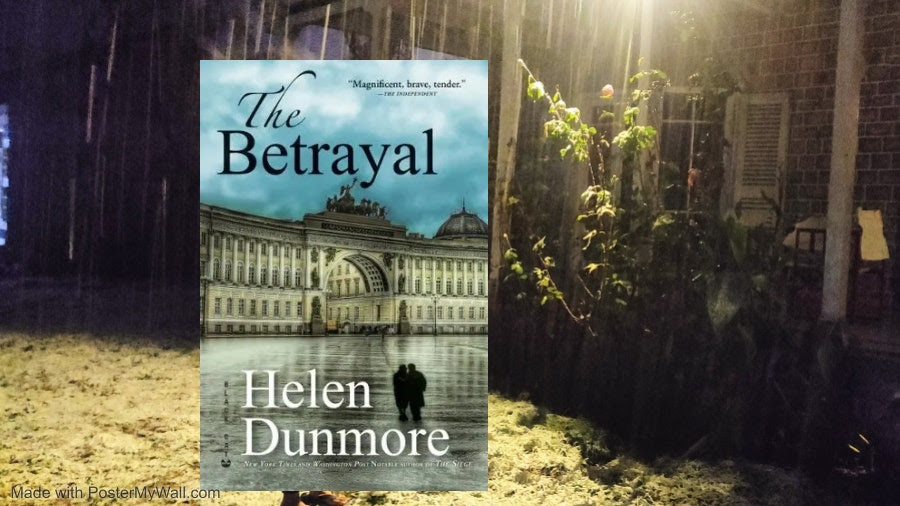
Andrei is a doctor who has to treat a very sick boy. But if something happens to the boy, Andre and his wife Anna, know their lives are in danger, because the boy is the son of the head of Stalin’s secret service. The Betrayal is set in 1950s Leningrad, and is based on the infamous Doctors Plot, where Stalin charged doctors with criminal conspiracies. Helen Dunmore writes compellingly, revealing how chilling the effects of a dictatorship can be on the lives of ordinary people. What is also interesting is how relatable this book is to the lives of doctors nowadays, who fear violence from the families of some patients.
Book 2 of 10: Classic Fiction
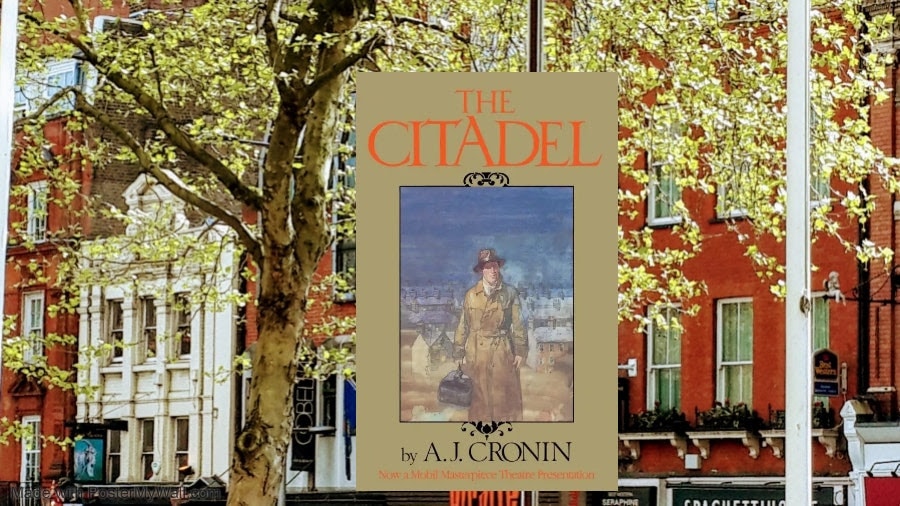
Andrew Manson begins life as an idealistic young doctor in Wales, helping miners with breathing problems. He then moves on to make money pampering rich Londoners with pills and potions. I first came across The Citadel as a teenager, in my grandfather’s library. The book had a dusty brown cover and yellowing paper, but once I opened it, I was entranced. Re-reading it recently, I was struck by how relevant this book still is, and how it applies to India as well. Interestingly, this book was the inspiration for the Dev Anand-Hema Malini starrer, Tere Mere Sapne.

For fans of The Gene and The Emperor of All Maladies, here is a book that will have you thinking long after the few hours it takes to read it. In The Laws of Medicine our doctor author goes back to his days as a young intern, and looks at what the laws of medicine are. “A strong intuition is much more powerful than a weak test” he says. He also recognises that, “For every medical experiment, there is a perfect human bias”.
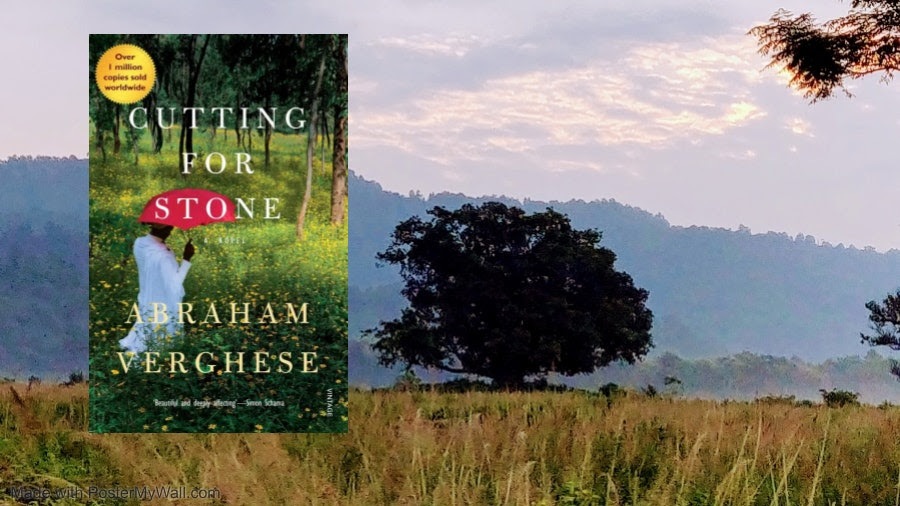
Cutting for Stone has an unusual premise. A pair of conjoined twin boys, are born to an Indian nurse, and a British surgeon, who who are co-workers at a missionary hospital in Ethiopia. The boys must be wrenched apart through surgery, and surgery stays on as the leitmotif of the novel. Dr Varghese knows his scalpels and his specula, and he crafts a plot full of coincidence and symbolism, to dramatic effect.
Another dramatic novel about a surgeon is Saturday by Ian McEwan. It’s the story of a day in the life of a neurosurgeon in London set against the looming invasion of Iraq.
Book 5 of 10: Memoir
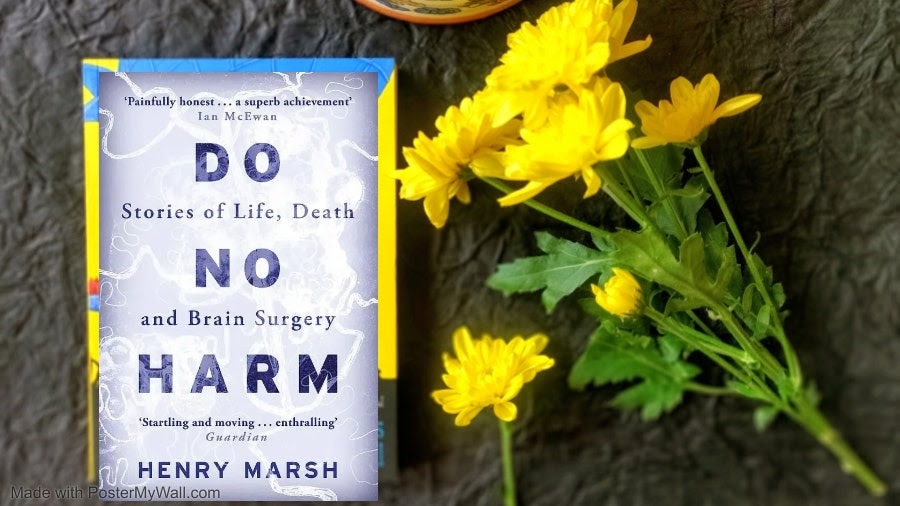
My brother was 29 years old when a neurosurgeon at Bombay Hospital, saved his life, with emergency brain surgery. Since then, our family reads brain surgery stories compulsively. Of these, Henry Marsh’s books, Do No Harm and Admissions have been the most outstanding. They are well written, filled with case histories, and remarkably candid about the triumphs and the frustrations of the profession.
Book 6 of 10: Popular fiction
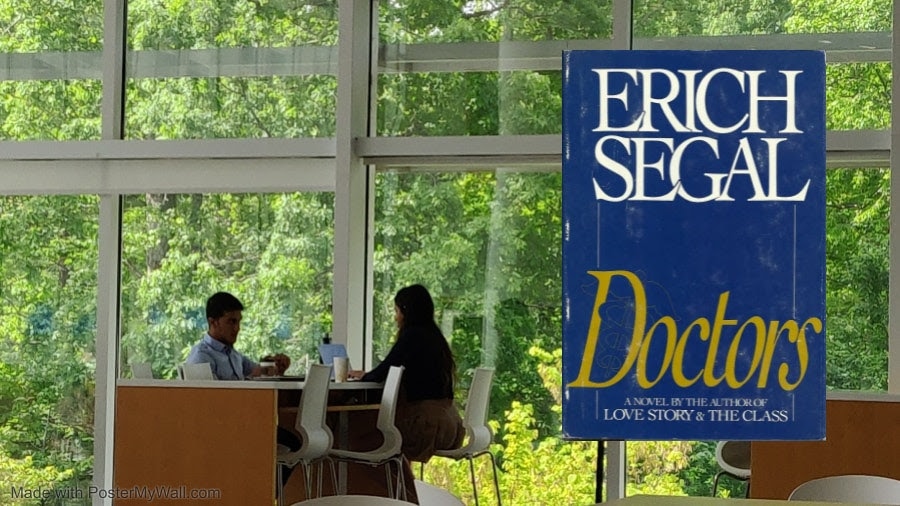
Fans of medical series like Grey’s Anatomy will enjoy this story of the lives of the Harvard Medical School’s class of 1962. Read Doctors because it is a gripping story, crafted well with compelling characters, and also because it provides such an insight into what goes into the making of doctors.
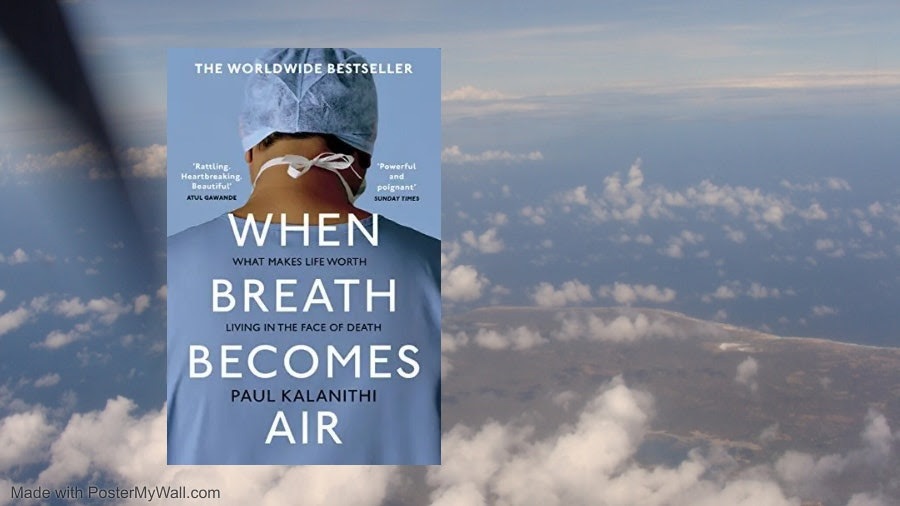
A 36-year-old neurosurgeon goes to his death in When Breath Becomes Air. The late Paul Kalanithi articulates his story with unaffected simplicity and sincerity. “When there is no place for the scalpel, words are the surgeon’s only tool. As a resident — my highest ideal was not saving lives — everyone dies eventually — but guiding a patient or family to an understanding of death or illness,” he says, opening up subjects like the necessity for euthanasia and for letting go.
Book 8 of 10: Medical Thriller
Surely The Final Diagnosis published in 1958, and Strong Medicine published in 1984, would be dated? To my surprise, I found the issues are as relevant as ever, when I re-read it. Read these books because they have strong characters and a great sense of place.
A whole other series of medical thrillers are those written by Robin Cook. His fast-paced books have exposed the grey areas of the medical profession to readers worldwide.
Book 9 of 10: Sci-fi thriller
Michael Crichton wrote The Andromeda Strain around the time he was at Harvard Medical School. This 1969 publication has since proved remarkably prescient in its presentation of an apocalyptic disease scenario. It has inspired an entire genre of such dystopian stories, the latest of which is How High We Go in the Dark by Sequoia Nagamatsu, a bleak book, that brings in a doctor hero struggling with climate change, as well as Arctic plague.
Book 10 of 10: A Guide to Old Age
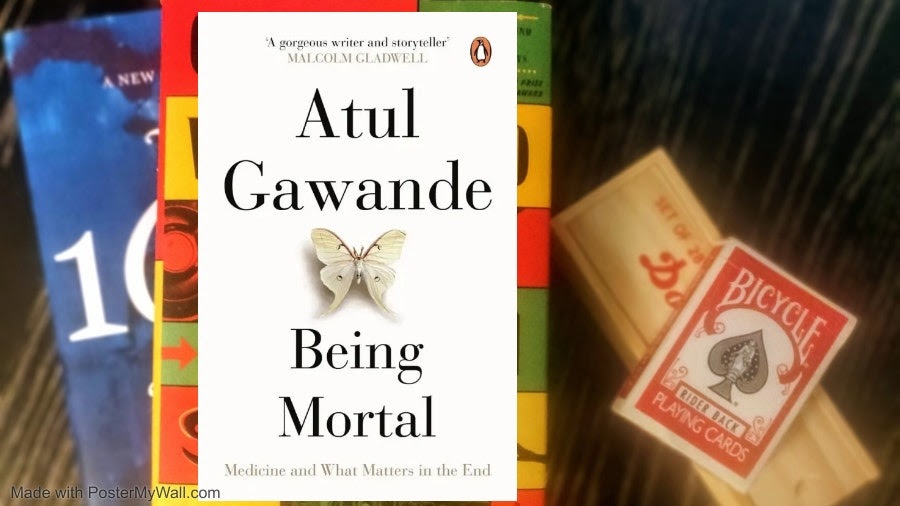
Read this book because it will help you understand the psychology of growing old. And because it addresses a dilemma that might confront any of us — should we prolong life at any cost, hooking up patients to life support, isolating them endlessly, extending their suffering? Being Mortal: Medicine and What Matters in the End examines these conflicts with sensitivity, with expertise and with articulate prose.
The doctors in all these best-known books are all men.
So where are the lady doctors?
A google doodle celebrating Anandibai Joshi, the first Indian female doctor of western medicine, sent author Kavitha Rao on a hunt through history to unearth their stories in Lady Doctors. I talk to her at her London home, via email and phone, about these startling stories. Here are edited excerpts of our conversation.

What has the reaction to Lady Doctors been like?
The response has been great and I have had a lot of book clubs, medical groups, history lover groups and lay readers interested. The only hurdle has been that my publisher Westland shut down in February, so the book hasn’t reached every interested reader. A new edition is on the way though.
How did you go about discovering the different lady doctors?
Once I found the first doctor, Anandibai Joshi, I had to dig around to find more by looking at peers or successors.
Many doctors tend to be good writers — did you find any writings by the lady doctors themselves?
Male doctors do record their lives but the Indian women doctors mostly did not. They were too busy with family and work. But of the six lady doctors, two have written their memoirs.
Can you tell us about these two doctor memoirs?
Dr Haimabati, a child widow, wrote in Bengali. She was brutally frank about how Hinduism treated child widows and kept them poor and isolated. Later, when she became a doctor in rural West Bengal, she was once again very open about the harassment and discrimination she suffered.
Dr Muthulakshmi Reddy, daughter of a devadadsi, wrote in English. Her memoir reflects her deep interest in bringing women into public life, abolishing the devadasi system and raising the age of marriage. She thought women doctors should not marry because she found balancing family and work very difficult.
How did you find material on the other lady doctors?
It’s been hard. There is very little material in India. So my research involved a lot of digging in libraries and archives, mostly ones overseas. Much of the material was in other languages, like Marathi or Bengali. I had to approach several US academics who sent me translated copies.
In some cases, lady doctors deliberately kept a low profile. Like Rukhmabai, who was a child bride. She sued her husband for divorce when she was in her early 20s, because he refused to let her study. The court ruled that she should reunite with her husband or be imprisoned, but she refused to obey. She eventually settled, but she knew she had to stay below the radar and would destroy all the letters she received, from various well-wishers.
What have reader reactions been, to the shocking stories, your research has uncovered?
People are surprised that women, in the 1860s, were jeered and harassed by male students. Dr Haimabati, for instance, had her gold medal taken away and given to a male student. And in the case of Dr Rukmabai, people are very surprised that a figure like Bal Gangadhar Tilak was strongly opposed to her cause. Tilak was against scientific education for girls and he believed that Hindu marriage was for life.
Any plans for a cinematic version of Lady Doctors?
There are plans but at a very early stage so can’t be revealed.
What are you reading these days?
These days I mostly read non-fiction, historical fiction and crime. I am currently rereading Tom Wolfe’s marvellous The Right Stuff — an oldie but goodie- about the early US astronauts and space missions. I am also enjoying Ram Guha’s Rebels Against the Raj. In crime, I recently enjoyed Ann Cleeves’ The Heron’s Cry.
And finally, any recommendations on books and serials about the medical profession?
I enjoyed The Immortal Life of Henrietta Lacks, Bad Blood, and Inferior: How Science Got Women Wrong. I am also a “House [MD]” fan!
With that, it’s a wrap for now. Happy reading, and see you next week!
Sonya Dutta Choudhury is a Mumbai-based journalist and the founder of Sonya’s Book Box, a bespoke book service. Each week, she brings you specially curated books to give you an immersive understanding of people and places. If you have any reading requests or suggestions, write to her at [email protected]
The views expressed are personal
Enjoy unlimited digital access with HT Premium
Subscribe Now to continue reading

Dear Reader,
I was a student of management at IIM Calcutta, when I first heard of Dr Bidhan Chandra Roy. Our library building was named after this doctor of medicine, who was also a freedom fighter and the first chief minister of Independent Bengal.
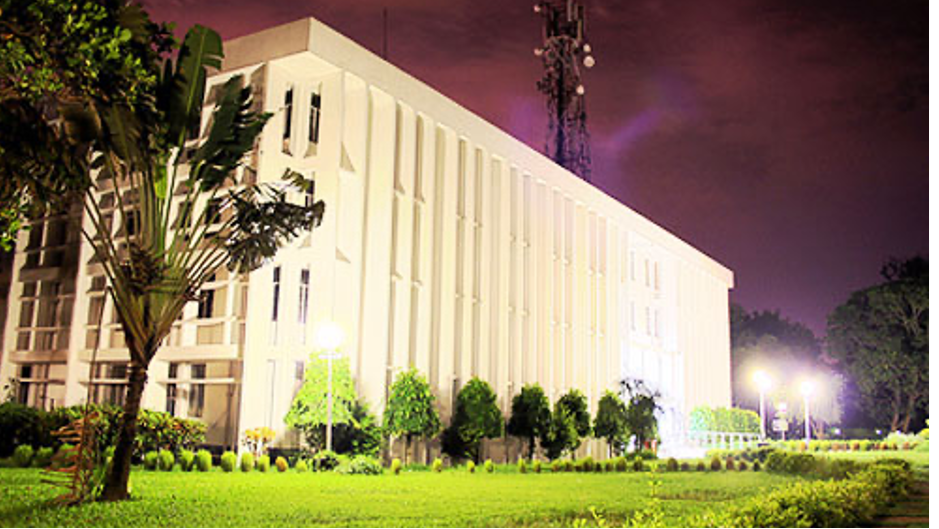
July 1, which is both the birthday and death day of Dr Roy, has been designated National Doctors Day, which makes it the perfect time to dive into a very special tribe: Doctor writers.

Andrei is a doctor who has to treat a very sick boy. But if something happens to the boy, Andre and his wife Anna, know their lives are in danger, because the boy is the son of the head of Stalin’s secret service. The Betrayal is set in 1950s Leningrad, and is based on the infamous Doctors Plot, where Stalin charged doctors with criminal conspiracies. Helen Dunmore writes compellingly, revealing how chilling the effects of a dictatorship can be on the lives of ordinary people. What is also interesting is how relatable this book is to the lives of doctors nowadays, who fear violence from the families of some patients.
Book 2 of 10: Classic Fiction

Andrew Manson begins life as an idealistic young doctor in Wales, helping miners with breathing problems. He then moves on to make money pampering rich Londoners with pills and potions. I first came across The Citadel as a teenager, in my grandfather’s library. The book had a dusty brown cover and yellowing paper, but once I opened it, I was entranced. Re-reading it recently, I was struck by how relevant this book still is, and how it applies to India as well. Interestingly, this book was the inspiration for the Dev Anand-Hema Malini starrer, Tere Mere Sapne.

For fans of The Gene and The Emperor of All Maladies, here is a book that will have you thinking long after the few hours it takes to read it. In The Laws of Medicine our doctor author goes back to his days as a young intern, and looks at what the laws of medicine are. “A strong intuition is much more powerful than a weak test” he says. He also recognises that, “For every medical experiment, there is a perfect human bias”.

Cutting for Stone has an unusual premise. A pair of conjoined twin boys, are born to an Indian nurse, and a British surgeon, who who are co-workers at a missionary hospital in Ethiopia. The boys must be wrenched apart through surgery, and surgery stays on as the leitmotif of the novel. Dr Varghese knows his scalpels and his specula, and he crafts a plot full of coincidence and symbolism, to dramatic effect.
Another dramatic novel about a surgeon is Saturday by Ian McEwan. It’s the story of a day in the life of a neurosurgeon in London set against the looming invasion of Iraq.
Book 5 of 10: Memoir

My brother was 29 years old when a neurosurgeon at Bombay Hospital, saved his life, with emergency brain surgery. Since then, our family reads brain surgery stories compulsively. Of these, Henry Marsh’s books, Do No Harm and Admissions have been the most outstanding. They are well written, filled with case histories, and remarkably candid about the triumphs and the frustrations of the profession.
Book 6 of 10: Popular fiction

Fans of medical series like Grey’s Anatomy will enjoy this story of the lives of the Harvard Medical School’s class of 1962. Read Doctors because it is a gripping story, crafted well with compelling characters, and also because it provides such an insight into what goes into the making of doctors.

A 36-year-old neurosurgeon goes to his death in When Breath Becomes Air. The late Paul Kalanithi articulates his story with unaffected simplicity and sincerity. “When there is no place for the scalpel, words are the surgeon’s only tool. As a resident — my highest ideal was not saving lives — everyone dies eventually — but guiding a patient or family to an understanding of death or illness,” he says, opening up subjects like the necessity for euthanasia and for letting go.
Book 8 of 10: Medical Thriller
Surely The Final Diagnosis published in 1958, and Strong Medicine published in 1984, would be dated? To my surprise, I found the issues are as relevant as ever, when I re-read it. Read these books because they have strong characters and a great sense of place.
A whole other series of medical thrillers are those written by Robin Cook. His fast-paced books have exposed the grey areas of the medical profession to readers worldwide.
Book 9 of 10: Sci-fi thriller
Michael Crichton wrote The Andromeda Strain around the time he was at Harvard Medical School. This 1969 publication has since proved remarkably prescient in its presentation of an apocalyptic disease scenario. It has inspired an entire genre of such dystopian stories, the latest of which is How High We Go in the Dark by Sequoia Nagamatsu, a bleak book, that brings in a doctor hero struggling with climate change, as well as Arctic plague.
Book 10 of 10: A Guide to Old Age

Read this book because it will help you understand the psychology of growing old. And because it addresses a dilemma that might confront any of us — should we prolong life at any cost, hooking up patients to life support, isolating them endlessly, extending their suffering? Being Mortal: Medicine and What Matters in the End examines these conflicts with sensitivity, with expertise and with articulate prose.
The doctors in all these best-known books are all men.
So where are the lady doctors?
A google doodle celebrating Anandibai Joshi, the first Indian female doctor of western medicine, sent author Kavitha Rao on a hunt through history to unearth their stories in Lady Doctors. I talk to her at her London home, via email and phone, about these startling stories. Here are edited excerpts of our conversation.

What has the reaction to Lady Doctors been like?
The response has been great and I have had a lot of book clubs, medical groups, history lover groups and lay readers interested. The only hurdle has been that my publisher Westland shut down in February, so the book hasn’t reached every interested reader. A new edition is on the way though.
How did you go about discovering the different lady doctors?
Once I found the first doctor, Anandibai Joshi, I had to dig around to find more by looking at peers or successors.
Many doctors tend to be good writers — did you find any writings by the lady doctors themselves?
Male doctors do record their lives but the Indian women doctors mostly did not. They were too busy with family and work. But of the six lady doctors, two have written their memoirs.
Can you tell us about these two doctor memoirs?
Dr Haimabati, a child widow, wrote in Bengali. She was brutally frank about how Hinduism treated child widows and kept them poor and isolated. Later, when she became a doctor in rural West Bengal, she was once again very open about the harassment and discrimination she suffered.
Dr Muthulakshmi Reddy, daughter of a devadadsi, wrote in English. Her memoir reflects her deep interest in bringing women into public life, abolishing the devadasi system and raising the age of marriage. She thought women doctors should not marry because she found balancing family and work very difficult.
How did you find material on the other lady doctors?
It’s been hard. There is very little material in India. So my research involved a lot of digging in libraries and archives, mostly ones overseas. Much of the material was in other languages, like Marathi or Bengali. I had to approach several US academics who sent me translated copies.
In some cases, lady doctors deliberately kept a low profile. Like Rukhmabai, who was a child bride. She sued her husband for divorce when she was in her early 20s, because he refused to let her study. The court ruled that she should reunite with her husband or be imprisoned, but she refused to obey. She eventually settled, but she knew she had to stay below the radar and would destroy all the letters she received, from various well-wishers.
What have reader reactions been, to the shocking stories, your research has uncovered?
People are surprised that women, in the 1860s, were jeered and harassed by male students. Dr Haimabati, for instance, had her gold medal taken away and given to a male student. And in the case of Dr Rukmabai, people are very surprised that a figure like Bal Gangadhar Tilak was strongly opposed to her cause. Tilak was against scientific education for girls and he believed that Hindu marriage was for life.
Any plans for a cinematic version of Lady Doctors?
There are plans but at a very early stage so can’t be revealed.
What are you reading these days?
These days I mostly read non-fiction, historical fiction and crime. I am currently rereading Tom Wolfe’s marvellous The Right Stuff — an oldie but goodie- about the early US astronauts and space missions. I am also enjoying Ram Guha’s Rebels Against the Raj. In crime, I recently enjoyed Ann Cleeves’ The Heron’s Cry.
And finally, any recommendations on books and serials about the medical profession?
I enjoyed The Immortal Life of Henrietta Lacks, Bad Blood, and Inferior: How Science Got Women Wrong. I am also a “House [MD]” fan!
With that, it’s a wrap for now. Happy reading, and see you next week!
Sonya Dutta Choudhury is a Mumbai-based journalist and the founder of Sonya’s Book Box, a bespoke book service. Each week, she brings you specially curated books to give you an immersive understanding of people and places. If you have any reading requests or suggestions, write to her at [email protected]
The views expressed are personal
Enjoy unlimited digital access with HT Premium
Subscribe Now to continue reading

